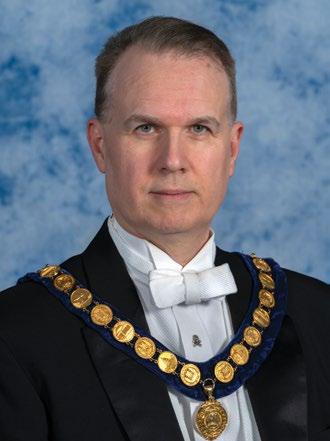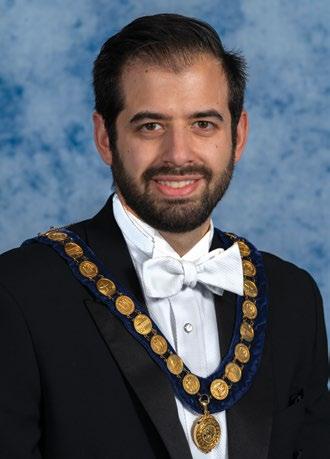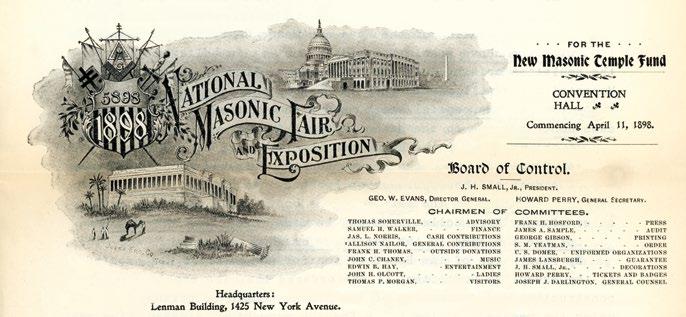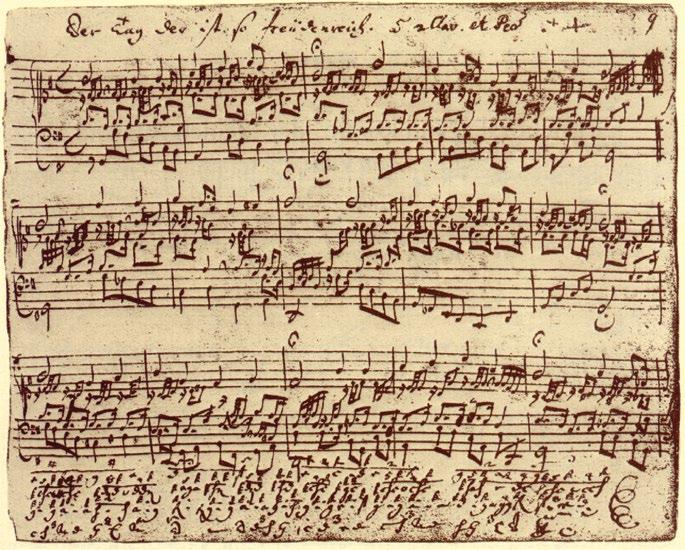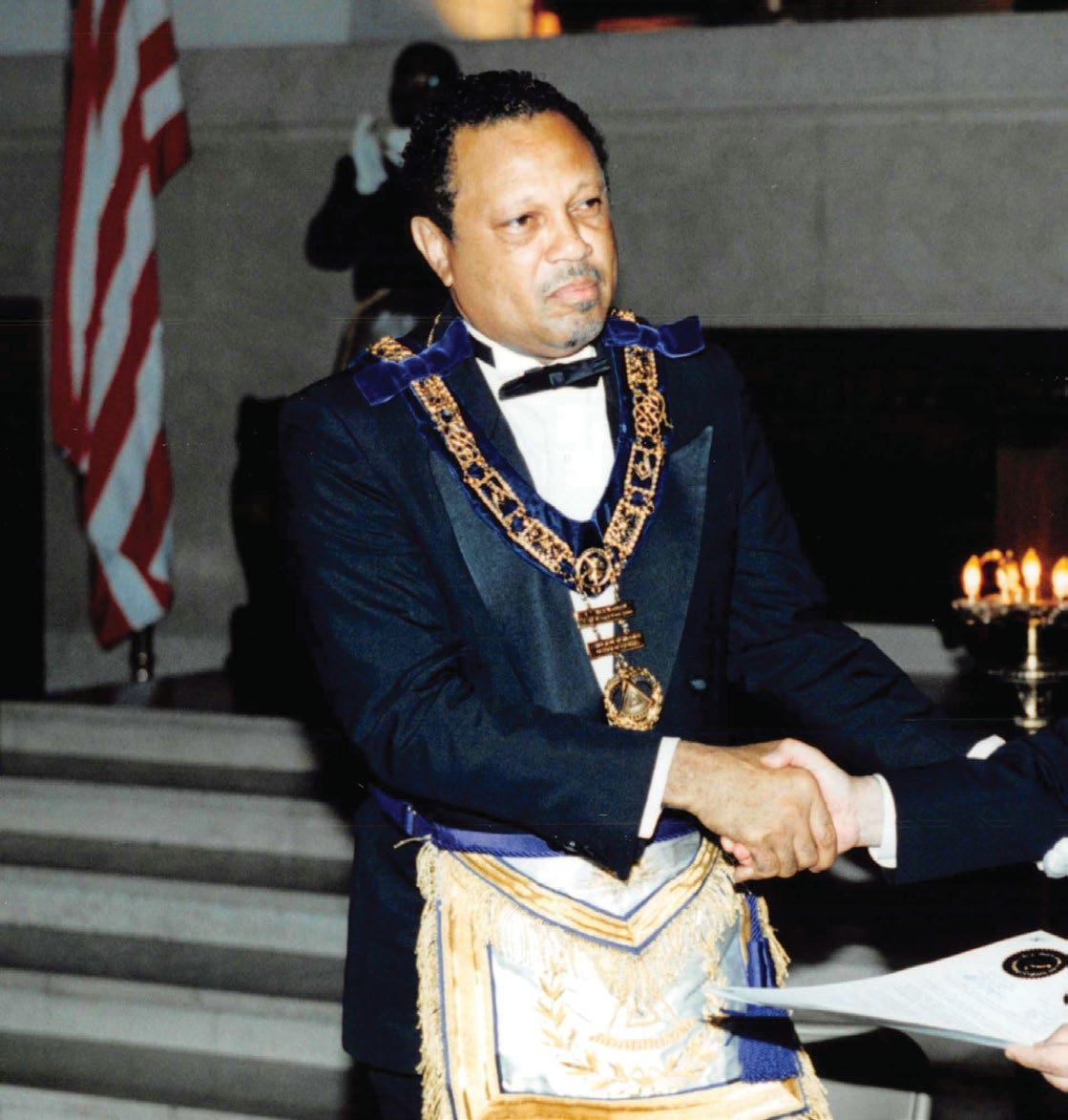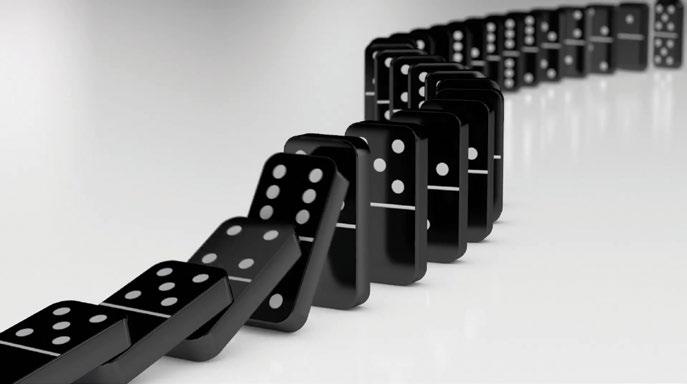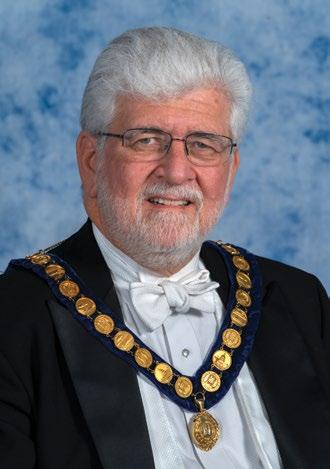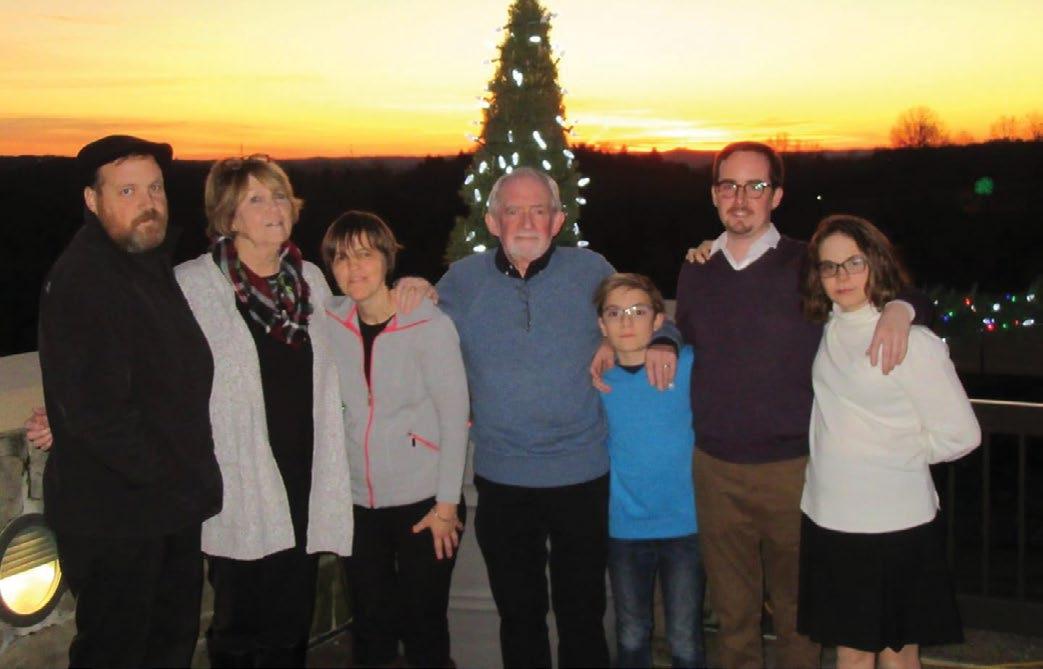THE SIXTH SCIENCE: MUSIC By Walter P. Benesch, PM LaFayette-Dupont Lodge No. 19 In the Fellowcraft Degree, a Mason is taught the importance of the seven liberal arts and sciences. Emphasis is placed on geometry with some attention on arithmetic and astronomy, but little attention on music. An exploration of the origins of Masonic adoption of the “arts and sciences,” and more importantly why considerable attention should be placed on music is the object of this article. The likely origins of the concept of the arts and sciences is the Greek quadrivium. These were the four areas of study Plato proposed in The Republic. The areas were Arithmetic, Geometry, Astronomy, and Music, in that order. The concept of the quadrivium is also found in the writings of Pythagoras and Aristotle, and later adopted by many philosophers in the Middle Ages. In a review of these philosophers including documentation on the quadrivium, not enough attention is paid to music. In fact, music may be critical to the understanding of many of the other arts and sciences, in particular arithmetic, grammar, and rhetoric. To illustrate this idea, a look at the great minds who examined music will help us understand its importance and place in human history. Pythagoras is associated with a legend (later proved false) where he discovered the idea of musical tuning listening to the sounds of blacksmith’s hammers, noticing both the consonance and dissonance when they were struck simultaneously. Although the story proved false, Pythagoras is still credited with establishing the concepts of dissonance and consonance, along with the ideas of harmony and ratio. Xenocrates (4th century BCE), said: “Pythagoras discovered the intervals in music do not come into being apart from
An original score of Fantasy & Fugue in Beethovens hand
number; for they are an interrelation of quantity with quantity.” He set out to investigate under what conditions concordant intervals come about, and discordant ones, and everything wellattuned and ill-tuned.” This led to what is now known in Western music as the octave scale. This historical evidence shows how music is related to arithmetic. Is it possibly linked to linguistic development which was a prerequisite to the development of grammar and rhetoric? If so, music would then be connected to three of the other six arts and sciences. Yet Pythagoras also considered the heavenly “music of the spheres” as part of the understanding of the workings of the universe and the movements of the planets, thus linking it to astronomy. But Galileo and other astronomers of the Renaissance used arithmetic and geometry in the tracking of the stars and planets, as well as establishing the heliocentric theory
for our solar system. Thus, directly or indirectly, music can be related to all the other arts and sciences as seen in history. But music itself went through its own unique stages of development. Music in the Middle Ages began as monophonic chants. Then around 1000 AD, new types of polyphony developed and gradually expanded in rhythm, harmony, and texture until reaching an extremely complex style in the late 1300s. Unfortunately, a full assessment of Medieval music is difficult because the amount of musical source material that has survived from this era. The Renaissance saw a revitalization of learning, commerce, exploration, scientific discovery, and spectacular artistic achievement as Renaissance artists and philosophers sought to reconcile theological practice with the new spirit of scientific inquiry. An important consequence of this new thinking was ISSUE 3, 2020 THE VOICE OF FREEMASONRY | 3



